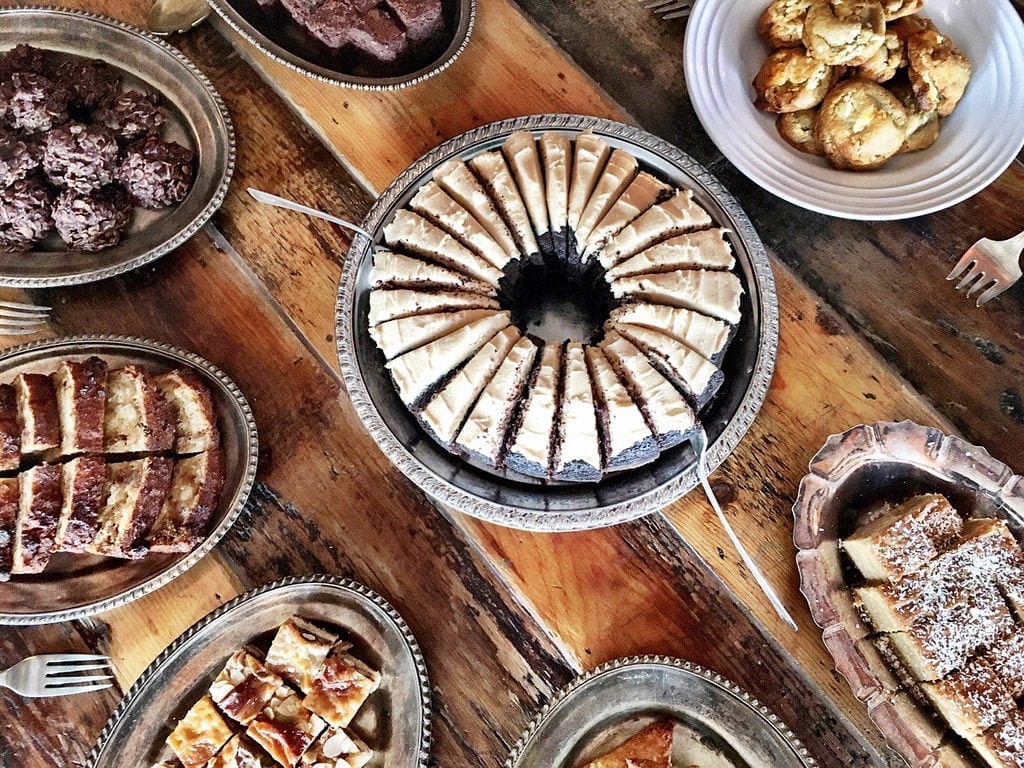
Reading through the list of dishes it sounded as if the entire culinary history of Newfoundland and Labrador was based on a dare. The ingredients used weren’t known to me, they aren’t common and they seemed downright strange. But I was curious, curious about the food for sure, but also curious about the Canadian province on the far eastern edges of the continent and what stories I could learn from the dishes themselves. Food is the best way to learn about any new destination and culture, whether it’s something totally foreign to us or from a neighboring country. There are nuances that we don’t notice unless we really look for them, and that was my goal with food in Newfoundland. I wanted to experience as much as I could, which is why one of my first stops was with a local company in St. John’s whose sole goal in life is to introduce locals and visitors alike to the nuances of Newfoundland cuisine.
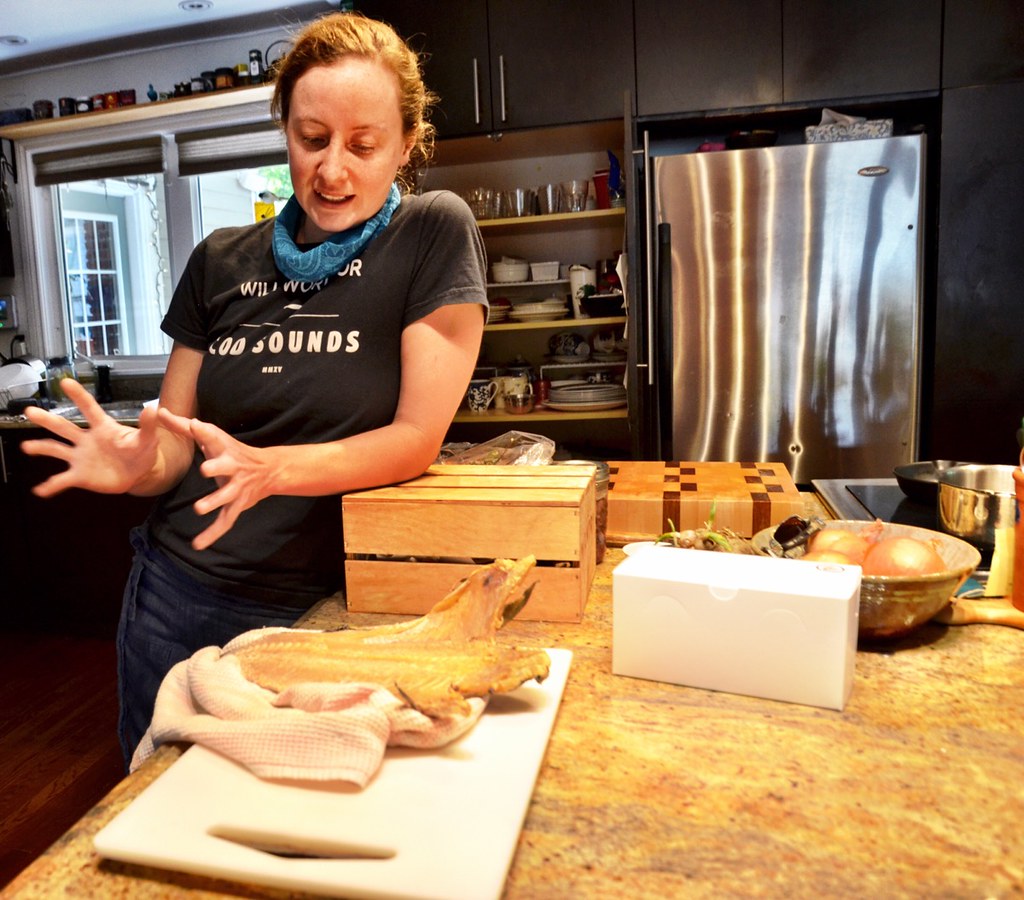
Lori McCarthy has a long history with the food industry, something she missed while on maternity leave. Looking for a way to reenter the industry, but in a different and ultimately more satisfying way, she started the company Cod Sounds to share with the world the foods and traditions she grew up with. A cod sound is the air bladder of the cod, and when Newfoundland existed as the world’s preeminent exporter of cod, it was one of the few parts of the fish that no one wanted. That meant locals learned how to cook and eat it, along with other fish offal, in a fierce determination to simply survive. Lori named her company as a nod and testament to the spirit of adventure and ingenuity of those who came before her and, as I learned, that culinary creativity is still alive and well in the 21st century.
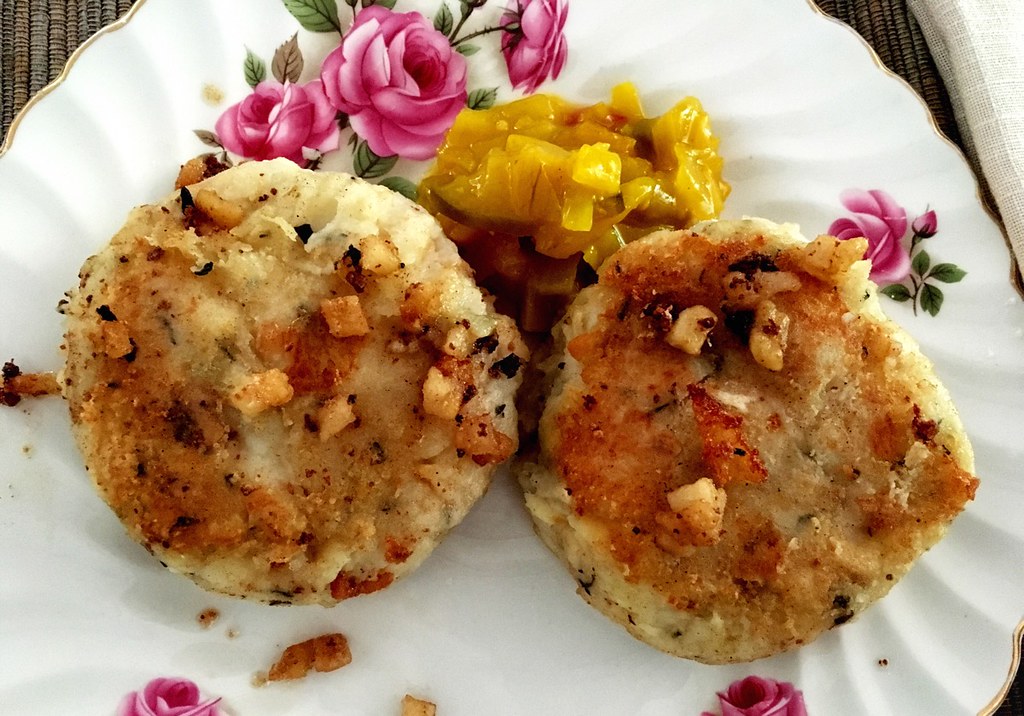
The Fish Shaped Elephant in the Room
Newfoundland was settled for fishing and for centuries, even today, the bounty of the sea is at the center of life in the province. That means the cuisine, culture – everything – is essentially centered on the cod. That’s fine and good for them, but I don’t eat fish or seafood, as I have had to explain many times, most recently in this post. I know, I’m a terrible person, but there’s no changing it so that means, for the purpose of this post, there is a huge category of foodstuffs not included, namely anything that ever lived in the water. My apologies, I am sorry, believe me my life would be easier if I could eat it. But I can’t, so we’ll just have to make do. But what should be known is that when you visit Newfoundland, you will find fish and seafood in every possible form everywhere you go. When Newfoundlanders say fish, they only mean cod. If they’re eating salmon they would say salmon, but fish is always the much-loved cod. Served as a basic filet (probably caught that day) to fish cakes and fish and chips, if there’s a way to prepare it, the people in Newfoundland and Labrador have spent four-centuries perfecting it. But the food culture in this beautiful part of the world is about much more than just fish, believe it or not, and I hope that these other dishes and traditions will go beyond the basic cod dinner and shine a light on an interesting and delicious food culture.

Toutons and Trinity Bread
One theme you’ll notice running through all of these traditional dishes is that they seem basic, which is true. For centuries, most of the people living in Newfoundland and Labrador were poor, they were fishermen or earned a living in an affiliated industry. Most were also from Ireland or England, so they brought with them not only those thick accents you still hear today, but the delicious food culture of those regions. One of those traditions is their bread. Never one to turn down fried dough, I was excited as Lori and I visited a local restaurant for a simple breakfast of toutons. Toutons are just fried pieces of dough, traditionally cooked in pork fat, that are served hot with butter and molasses lathered over them. Molasses is actually common in many recipes throughout the province thanks to the former trading culture of selling dried cod to the markets of Europe. Molasses came from the West Indies and was one of the items bartered for when it came time to sell the fish. That’s why even today you’ll find this thick syrup featured in a variety of ways, most deliciously as an accompaniment to the piping hot touton.

Bread was also typically made simply, cooked in rolls of 3-4 and what is called Trinity or Holy Bread. These are pulled apart and are great to go alongside meals, or to also eat with some butter and molasses. That’s actually how guests to the Fogo Island Inn are first welcomed; with a beautiful plate of hot bread and molasses; as traditional a welcome as any.

Things in Jars
One of my biggest surprises was the prevalence of preserved and pickled foods, but I shouldn’t have been surprised. All I had to do was think about my grandparents and I would have anticipated it in Newfoundland. My grandparents lived in rural Maine and every year they would set aside vegetables and fruits from their massive garden and preserve them for the long winter ahead. The same happens in Newfoundland and for the same reason, they just take it a little further than I am used to seeing. In addition to the vegetables, jarred meat is also common, including moose and seal. Taking a look at the jar I gingerly treated it as I would a science experiment gone rogue, but I was assured that when cooked “properly” the meat tastes great. Used in stews and traditional dinners, these jarred delicacies were just a part of life for a very long time.
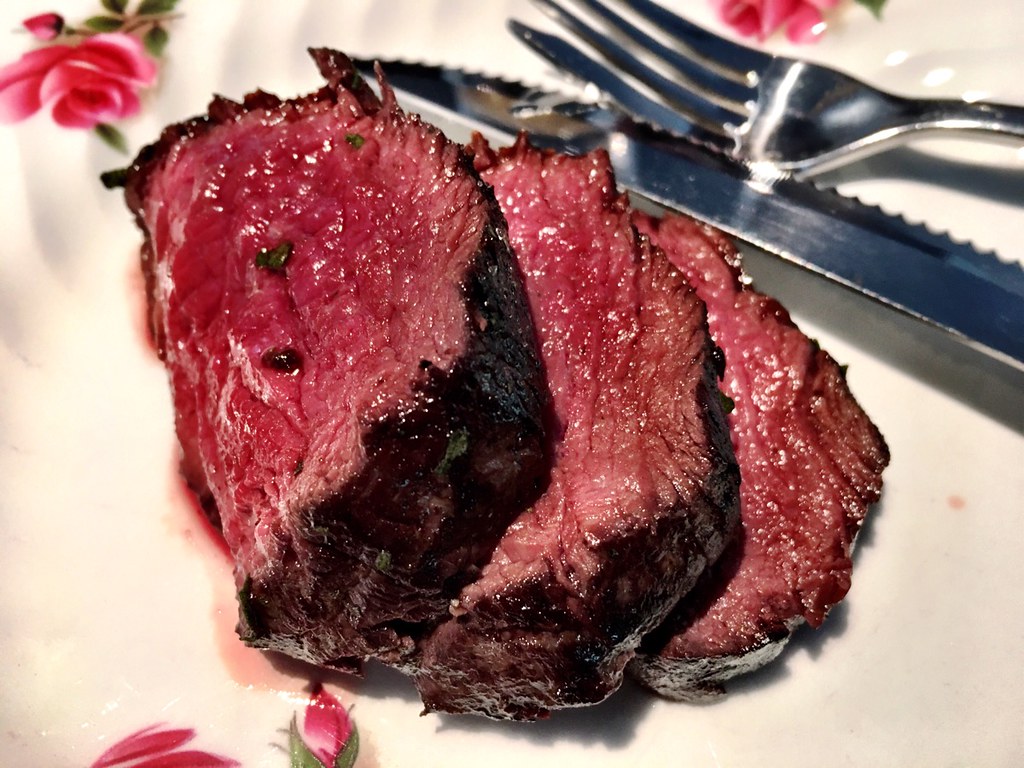
Moose
Speaking of moose, turns out it’s delicious – who knew? I’m used to seeing signs for these massive animals along the highways in Maine and other northern states, but never have I sat down to enjoy a meal with this ungainly animal at its center. Sitting in Lori’s kitchen, I could tell that she was excited for me to try an expertly prepared moose steak. Although moose aren’t really all that traditional in Newfoundland – they were only introduced in the 20th century – they quickly became popular and I soon learned why. The moose tenderloin is treated just as you would a fine steak, cooking it to a nice medium or medium-rare, seasoning it before adding to the hot pan. I anticipated a more gamey taste, like venison or caribou, but was surprised after my first bite. It not only looked like a great steak, but it tasted like one too. With some roasted root vegetables on the side, it’s a hearty meal but also a tasty one.
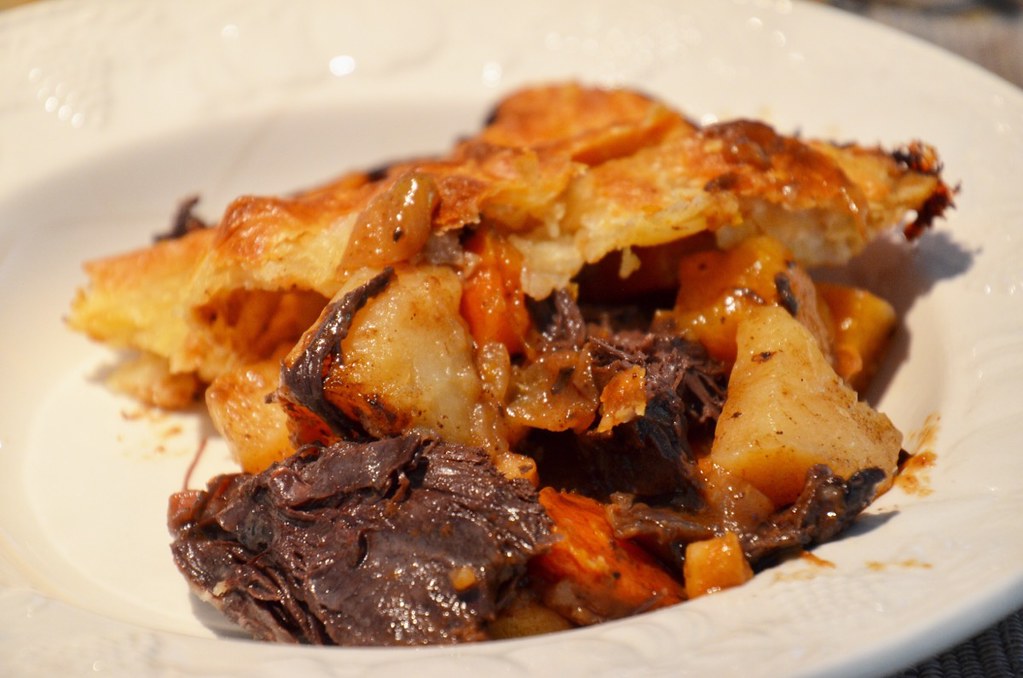
Seal Flipper
Yes, you read that correctly, the flipper of a seal. In the 18th and 19th centuries the seal trade become abundant, before stocks were depleted in the late 19th century. With that came a familiarization with the seal, including how best to eat it. This traditional meal though actually started well before then, almost immediately upon the arrival of the first settlers in the 16th century. While the hunts were more modest back then, they still took place in the spring, making the seal flipper pie a popular, if not odd, Lenten staple. It was an important food though; high in nutrients it provided sustenance to people who frankly didn’t have much. It was also the only part of the seal that couldn’t be sold off, so locals had to find another use for it. I admit it, I chickened out when presented with a plate of seal flipper. I just couldn’t imagine myself eating this cute animal, but I’m told it’s tough and gamey, which is probably why it’s served most commonly in a pie to mask the texture and flavor.
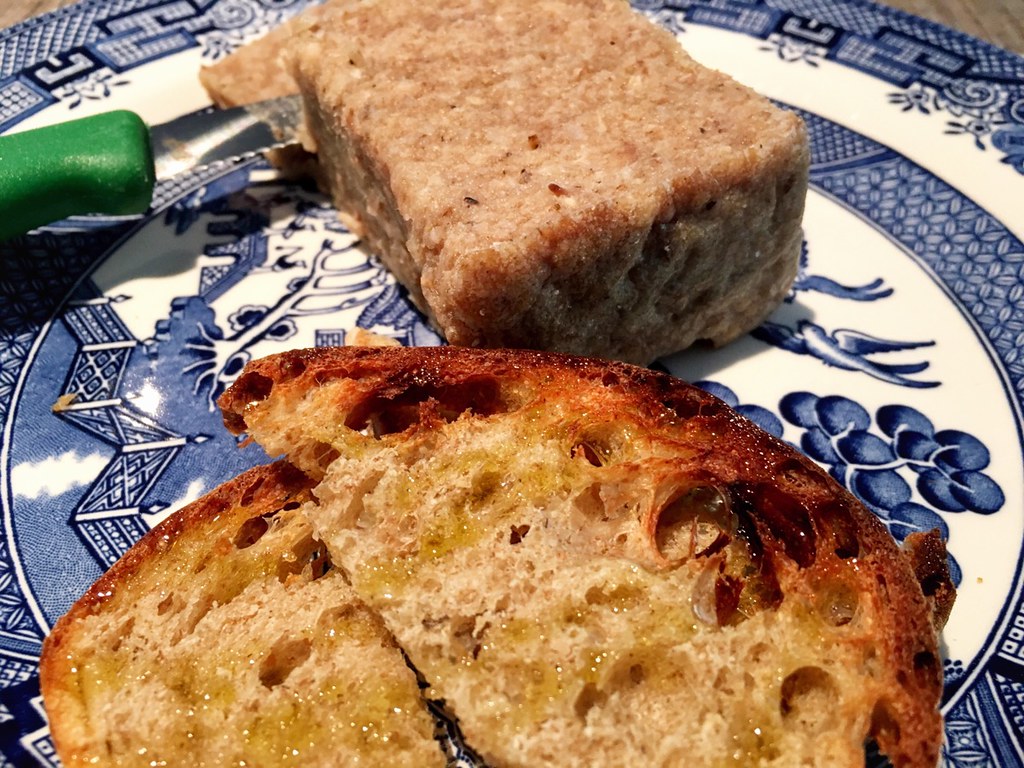
Brawn and Puddings
Regions that have known centuries of relative poverty have always found a way to make the most out of every part of the animal. You see that in every country from the US to Ireland and the UK and definitely in Newfoundland and Labrador. Today many of those once unseemly foods are amongst the most sought after, gaining prominence in well-to-do restaurants as a sort of delicacy. One of those is brawn, which is just another type of terrine or pate. Traditionally made from cow or pig’s head, today the ingredients are more similar to what is included in a great terrine, and is eaten exactly the same way. They are harder to find nowadays though in Newfoundland, but Lori knows of a third-generation grocer that still provides brawn and other classic Newfoundlander meats to its customers. Occupying a quiet corner in downtown St. John’s, Halliday’s Meat Market has been serving customers for more than a century and today is one of the last places offering traditional Newfoundland meats, including brawn. Taking the delicacy back to the kitchen, I was pleased to discover that it tasted just like any other great terrine, especially when served with some fresh bread.

Also common with meals are white and black puddings, which many of you may be used to seeing on breakfast plates in Ireland and Scotland. With the look and feel of a sausage, the white pudding is made from pork meat and fat, bread, oatmeal and other ingredients to form the link. Black pudding is a type of blood sausage made using the same ingredients found in white pudding, but with the addition of pork blood. I’ve had both many times and enjoy them, although admittedly not in large quantities. What these foods show us though is the importance of the Irish and British traditions in Newfoundland and how most have them really haven’t changed much at all over the centuries. It’s a cultural and culinary time capsule that is fun and fascinating to explore.

Traditional Sunday Dinners
In any hardworking culture, Sunday meals were very important, just as they are today. It was a religious day but also a rare day of rest, making the large family gathering an important event. In Newfoundland the most important meal on Sundays is the very traditional Jiggs Dinner. The typical components include corned beef, cabbage and a variety of boiled root vegetables. My fellow Americans may recognize this as something many of us eat on St. Patrick’s Day, yet another clue to the massive numbers of Irish who settled in Newfoundland. But a great Sunday meal doesn’t have to be Jiggs Dinner, it’s any combination really of hearty meats and vegetables, just like the ones I tried many times during my trip to include everything from turkey to roast beef. While simple, they were delicious, just as any great comfort food should be.
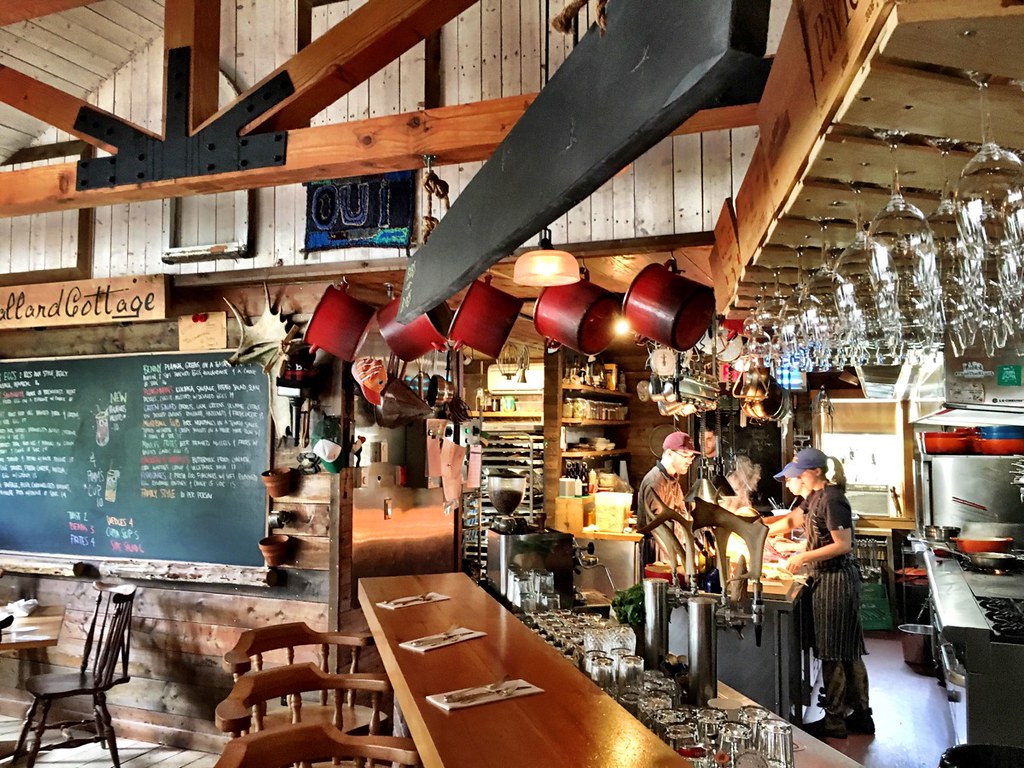
Parting Thoughts
There’s naturally a lot more to food in Newfoundland than what I’ve shared here. Raisin buns, berries of all kinds and seaside boil-ups are also major aspects of traditional food in the province. But just as in every other part of the world, those traditions are changing and people are adding new foods from around the world to their daily lives. But in spite of this globalization and the fact that I could upload a photo even in the most remote of areas in the province, these are still very isolated communities. They may be fully connected to the rest of the world, but that doesn’t mean the rest of the world is connected with them. Because of that these, along with many other, delicious food customs and traditions haven’t only been preserved, but they’re still being handed down to the next generations. That’s special and rare to find today and that makes eating your way through Newfoundland and Labrador an experience unlike any other.
